Understanding VA Disability Ratings for Hearing Loss
Originally Posted: January 20, 2024|VA Hearing Loss
The Prevalence and Causes of Hearing Loss Among Veterans
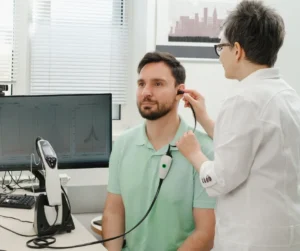 Hearing loss is not just a common issue in the veteran community; it’s one of the most prevalent service-connected disabilities. The unique conditions of military service, often involving prolonged exposure to loud noises such as gunfire, aircraft, and machinery, significantly contribute to this widespread problem. Additionally, incidents like explosions can cause immediate and severe hearing damage, known as acoustic trauma, which can have both short-term and long-term effects.
Hearing loss is not just a common issue in the veteran community; it’s one of the most prevalent service-connected disabilities. The unique conditions of military service, often involving prolonged exposure to loud noises such as gunfire, aircraft, and machinery, significantly contribute to this widespread problem. Additionally, incidents like explosions can cause immediate and severe hearing damage, known as acoustic trauma, which can have both short-term and long-term effects.
Impact on Quality of Life
The consequences of hearing loss for veterans extend far beyond the loss of auditory function. It can profoundly impact communication, leading to challenges in both personal and professional aspects of life. The ability to interact with others, engage in social activities, and even perform specific job tasks can be greatly improved. Moreover, hearing loss is often associated with other health issues, including tinnitus (a ringing or buzzing in the ears). It can contribute to feelings of isolation, frustration, and in some cases, mental health challenges like depression and anxiety.
Recognizing the Signs
Early recognition of hearing loss is critical. Common signs include difficulty understanding speech, particularly in noisy environments, frequently asking others to repeat themselves, and turning up the volume on TVs or radios higher than usual. Veterans experiencing these symptoms are encouraged to seek evaluation as soon as possible, as early intervention can play a crucial role in managing the condition and improving quality of life.
Support and Resources
Acknowledging the prevalence and impact of hearing loss among veterans, various support systems and resources have been established. These range from medical treatment and hearing aids provided by the VA to support groups and rehabilitation programs aimed at helping veterans adapt to life with hearing impairment. It’s essential for veterans experiencing hearing loss to be aware of these resources and take advantage of their support.
Understanding VA Disability Ratings for Hearing Loss
What Are VA Disability Ratings?
The VA disability rating system is designed to quantify the degree of a veteran’s service-connected disability. This rating is expressed as a percentage, ranging from 0% to 100%, and reflects the severity of the disability and its impact on the veteran’s ability to work. For hearing loss, like other disabilities, the VA uses this rating to determine the level of compensation a veteran is entitled to receive.
How Hearing Loss is Assessed for VA Ratings
The evaluation of hearing loss for VA disability purposes involves specific medical examinations and tests. The VA primarily uses two types of audiometric tests to assess hearing loss:
- Puretone Audiometric Testing: This test measures the softest sound a person can hear at different pitches or frequencies and is typically reported in decibels (dB).
- Speech Discrimination Testing: This test assesses the ability to understand speech and is usually reported as a percentage.
Based on the results of these tests, the VA applies a formula to determine the rating. This formula considers the hearing thresholds and speech discrimination scores to calculate a combined rating for both ears, which is then used to determine the overall disability rating for hearing loss.
Rating Schedule for Hearing Loss
The VA’s rating schedule for hearing loss uses a scale that correlates the degree of hearing loss with a disability percentage. The rating can range from 0%, indicating minimal hearing loss with little to no impact on communication, to 100%, indicating profound hearing loss or deafness.
Importance of Accurate Testing
Accurate and comprehensive testing is crucial in ensuring a fair disability rating. Veterans should ensure that a qualified audiologist conducts their hearing tests and that any issues or irregularities in testing are reported. The VA may require retesting in some cases to confirm the results.
Navigating the Rating System
Understanding the nuances of the VA’s rating system for hearing loss can be challenging. Veterans may find it beneficial to seek assistance from a Veterans Service Officer (VSO) or other accredited representatives who are experienced in navigating the VA system and can help understand test results and how they translate into a disability rating.
Eligibility Criteria for VA Hearing Loss Claims
Service Connection for Hearing Loss
For a veteran eligible for disability compensation for hearing loss, the condition must be service-connected. This means there must be a clear link between the veteran’s hearing loss and military service. Establishing this connection is a critical step in the claims process.
- Direct Service Connection occurs when hearing loss is directly related to an event, injury, or exposure during military service. Common examples include exposure to loud noises from machinery, gunfire, or explosions.
- Secondary Service Connection: Sometimes, a veteran’s hearing loss may be a secondary condition caused by another service-connected health issue. For example, certain medications used to treat a service-connected condition might lead to hearing loss.
Documenting Your Hearing Loss
Documentation is critical to establishing eligibility for VA disability benefits. This typically includes:
- Military Service Records: These records should show evidence of exposure to factors that could cause hearing loss during service, such as being in a role or location where loud noises were a regular occurrence.
- Medical Records: Both current and past audiometric test results, diagnoses, and treatments related to hearing loss should be included. Records from both military and civilian healthcare providers are relevant.
- Statements in Support of Claim: Personal statements describing the impact of hearing loss on daily life, as well as statements from family, friends, or colleagues who have witnessed the veteran’s hearing challenges, can be beneficial.
Filing Your Claim
Once you’ve gathered the necessary documentation, you can file a claim for disability benefits with the VA. This can be done online, by mail, or in person at a VA office. Ensuring all documentation is thorough and accurate is crucial to ensure the claims process is completed on time.
Seeking Assistance with Your Claim
Navigating the VA claims process can be complex. Seeking assistance from a Veterans Service Officer (VSO) or other accredited representative can help ensure your claim is properly prepared and submitted. These professionals can provide valuable guidance on the documentation needed and help with the submission process.
The VA’s Evaluation Process for Hearing Loss
Initial Steps in the Evaluation
When a veteran files a claim for hearing loss, the VA will typically schedule a Compensation & Pension (C&P) exam. This exam is critical as it assesses the severity of the hearing loss and its connection to the veteran’s service.
- Scheduling the C&P Exam: The VA will notify the veteran of the time and place for their C&P exam. The veteran must attend this exam, as it is a significant part of the evaluation process.
Audiometric Testing in the C&P Exam
The C&P exam for hearing loss usually involves comprehensive audiometric testing conducted by a qualified audiologist. These tests are designed to measure the veteran’s hearing ability objectively.
- Puretone Audiometry: This test measures the faintest tones a person can hear at different frequencies and volumes. The results are plotted on an audiogram and are vital in determining the level of hearing impairment.
- Speech Discrimination Testing: Also known as speech audiometry, this test assesses the ability to understand speech. The veteran will be asked to listen to and repeat back words under different conditions.
Assessing the Results
The audiologist will interpret the results of these tests to provide a clear picture of the veteran’s hearing ability. The VA uses a specific formula per the Code of Federal Regulations to translate these results into a disability rating.
- Understanding Your Test Results: Veterans need to ask questions during their C&P exam and seek clarification about their test results. Understanding these results can be crucial for the claims process.
After the Examination
Once the C&P exam is complete, the audiologist will send the results to the VA. These results and other relevant documentation will be used to decide on the claim.
- Waiting for a Decision: The VA will review the C&P exam results, the veteran’s service records, and any other medical evidence to decide regarding the disability claim.
- Notification: The VA will notify the veteran of its decision. If the claim is approved, the notification will include the disability rating and the compensation the veteran will receive.
Determining the Disability Rating for Hearing Loss
Translating Test Results into a Disability Rating
Once the VA receives the results from the C&P exam, these findings are used to calculate the veteran’s disability rating for hearing loss. The VA follows a specific rating schedule which is set by law and takes into account the severity of the hearing impairment.
- The Rating Schedule for Hearing Loss: The VA uses the results from the puretone threshold and speech discrimination tests to assign a disability rating. This rating is calculated using a formula that combines these test results to reflect the veteran’s overall degree of hearing impairment.
Understanding the Rating Formula
- Puretone Threshold Average: The average of the puretone thresholds at multiple frequencies (usually at 1000 Hz, 2000 Hz, 3000 Hz, and 4000 Hz) is calculated. The thresholds determine how loud sounds need to be at different frequencies for the veteran to hear them.
- Speech Discrimination Score: This score indicates the percentage of correctly understood words in a standardized test.
- Combining the Results: The VA combines the puretone average and the speech discrimination score to determine the overall disability rating. This rating is then used to assess the degree of disability on a scale from 0% to 100%.
Interpreting the Rating
- A higher percentage rating reflects more severe hearing loss and a more significant impact on the veteran’s daily life and ability to work.
- Even if the veteran’s hearing loss does not warrant a high disability rating, it’s important to note that any service-connected condition, including a 0% rating, may make the veteran eligible for other VA benefits.
What if Your Hearing Loss Worsens Over Time?
- Veterans whose hearing loss worsens can request a reevaluation by the VA to potentially increase their disability rating.
- Regular check-ups and monitoring of hearing health are crucial, as changes in condition should be documented and reported.
Conclusion of the Rating Process
Once the VA assigns a disability rating for hearing loss, the veteran will be notified about the decision. This rating determines the monthly compensation the veteran will receive. Veterans need to review the decision carefully and, if necessary, seek advice on whether an appeal or a reevaluation might be warranted in their case.
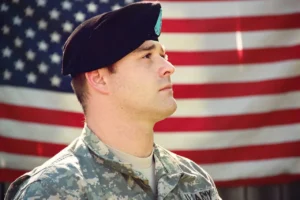 Honoring a Rich History of Veteran Support
Honoring a Rich History of Veteran Support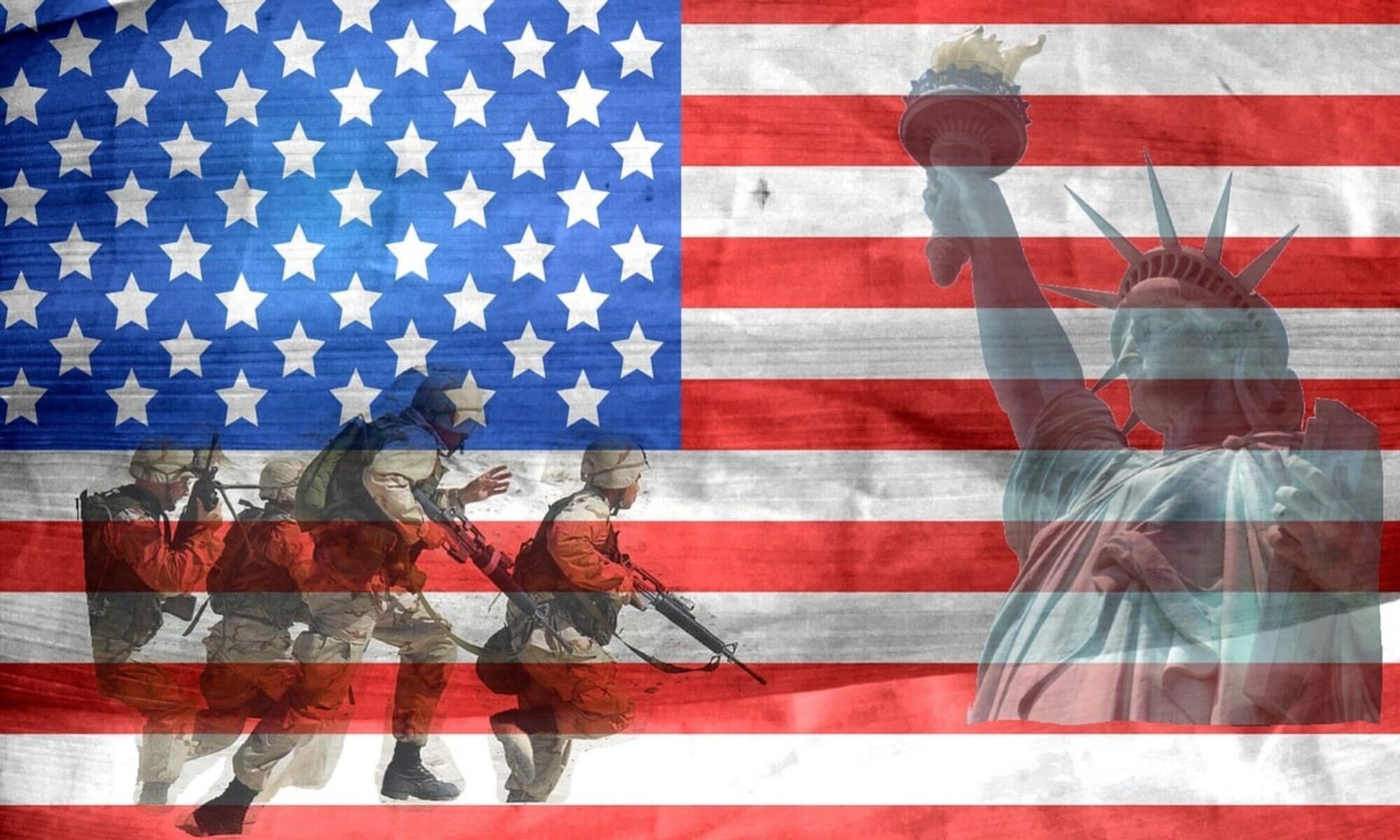
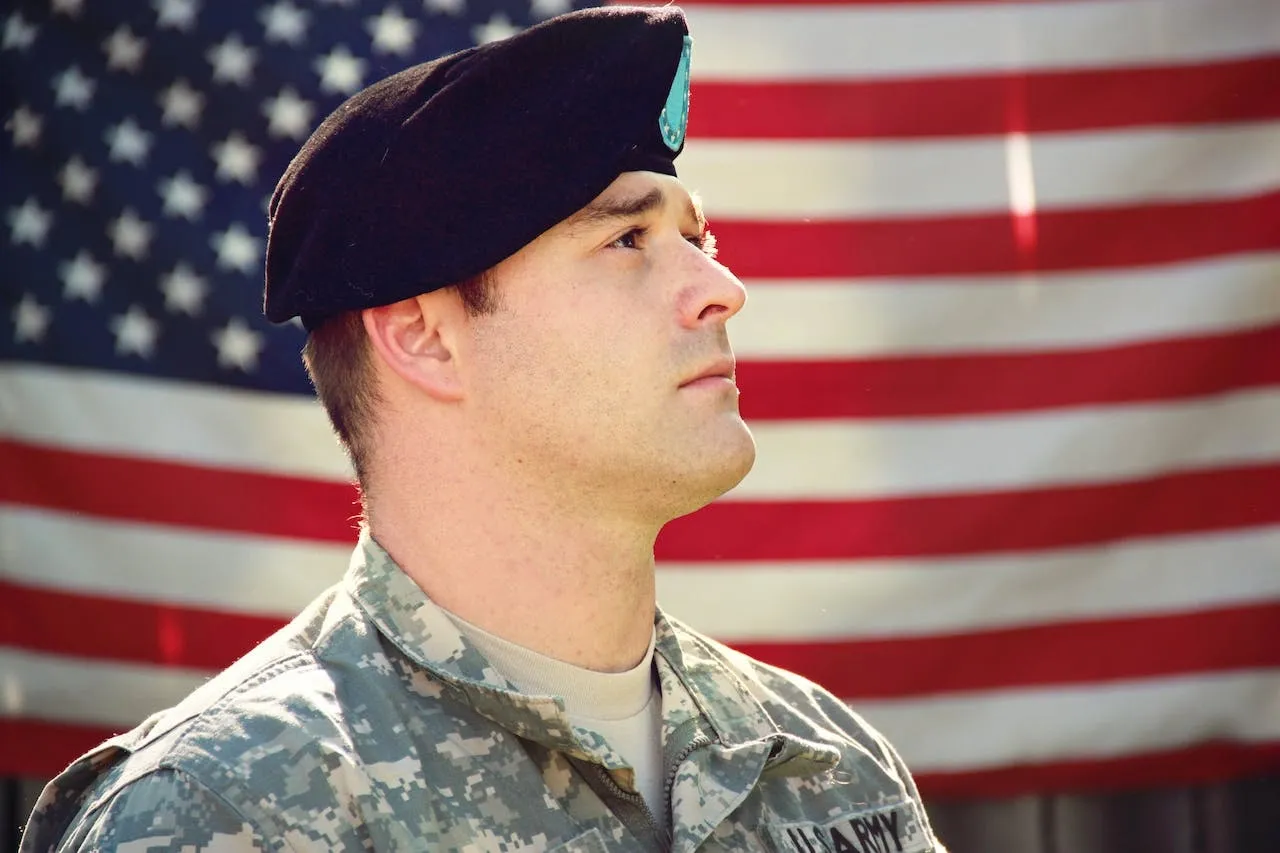
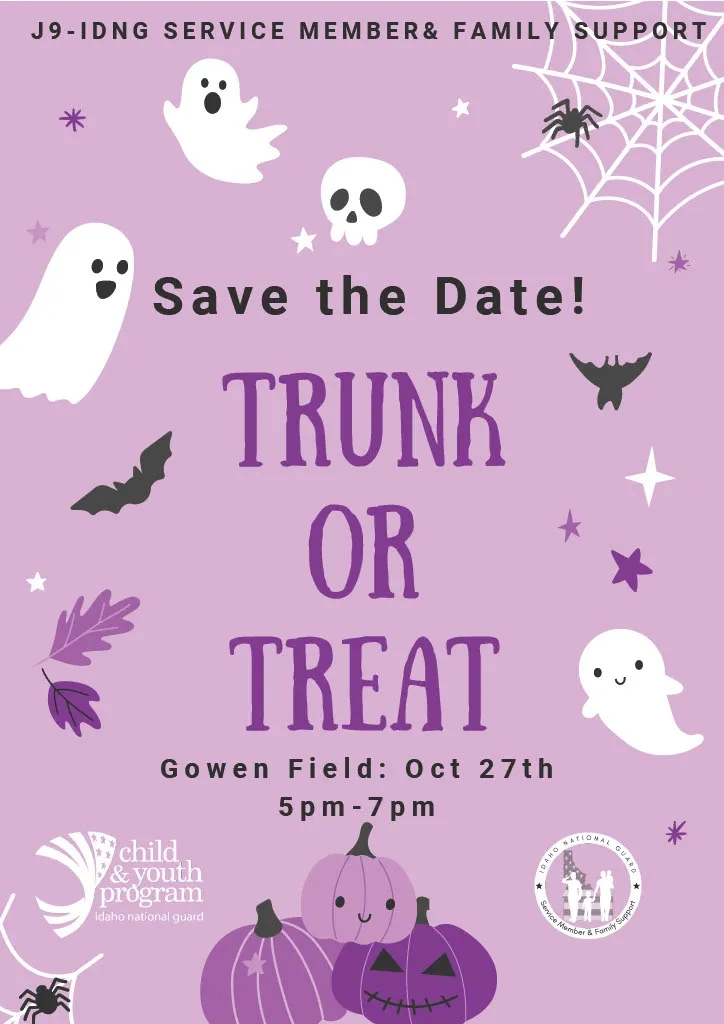
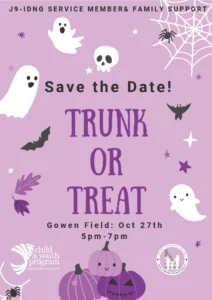 Trunk or Treat – Gowen Field
Trunk or Treat – Gowen Field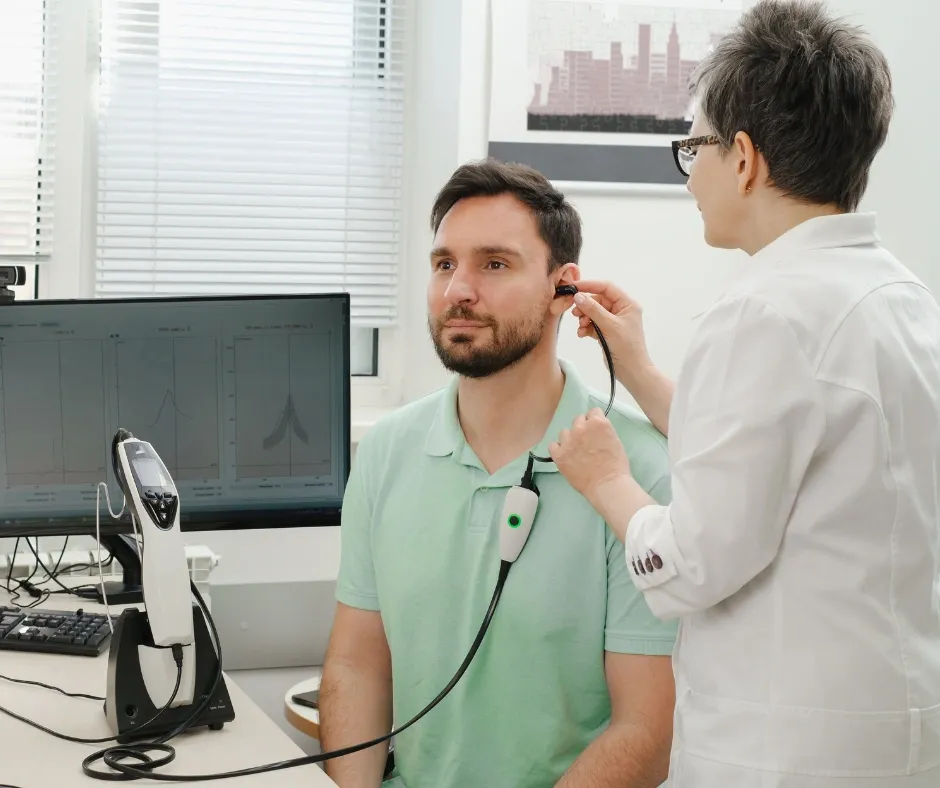
 Hearing loss is not just a common issue in the veteran community; it’s one of the most prevalent service-connected disabilities. The unique conditions of military service, often involving prolonged exposure to loud noises such as gunfire, aircraft, and machinery, significantly contribute to this widespread problem. Additionally, incidents like explosions can cause immediate and severe hearing damage, known as acoustic trauma, which can have both short-term and long-term effects.
Hearing loss is not just a common issue in the veteran community; it’s one of the most prevalent service-connected disabilities. The unique conditions of military service, often involving prolonged exposure to loud noises such as gunfire, aircraft, and machinery, significantly contribute to this widespread problem. Additionally, incidents like explosions can cause immediate and severe hearing damage, known as acoustic trauma, which can have both short-term and long-term effects.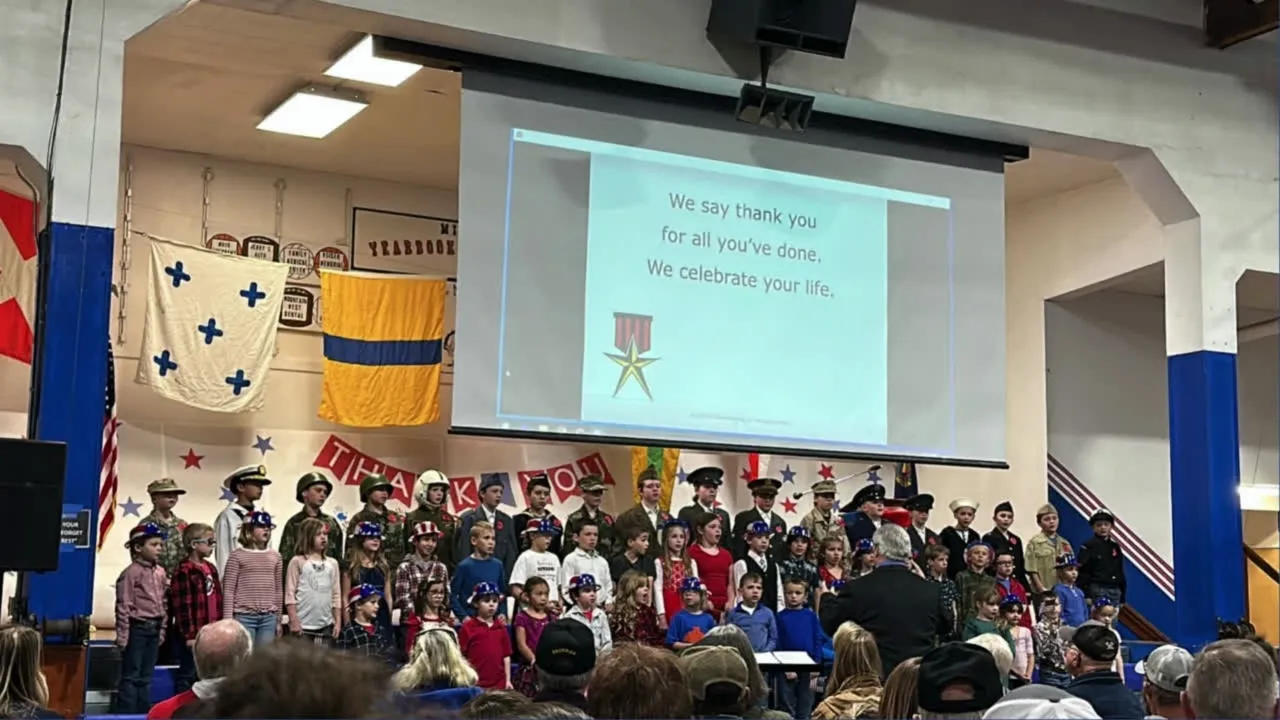
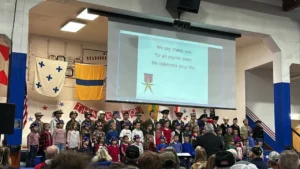 towns gathered to celebrate Veterans Day at one of the most patriotic annual programs this side of the Sawtooth Mountains. The town folk have friendly faces and generational patriotism. They love their children and are eager to honor any veteran that may have the
towns gathered to celebrate Veterans Day at one of the most patriotic annual programs this side of the Sawtooth Mountains. The town folk have friendly faces and generational patriotism. They love their children and are eager to honor any veteran that may have the
 significant initiative to empower veterans through adaptive snowsports education. Scheduled for January 26th and 27th, this event at Magic Mountain marks an important milestone for WAVES, as it is their first on-snow event. The program is designed to offer 20 spots for veterans who are interested in or in need of assistance in learning and navigating snowsports.
significant initiative to empower veterans through adaptive snowsports education. Scheduled for January 26th and 27th, this event at Magic Mountain marks an important milestone for WAVES, as it is their first on-snow event. The program is designed to offer 20 spots for veterans who are interested in or in need of assistance in learning and navigating snowsports.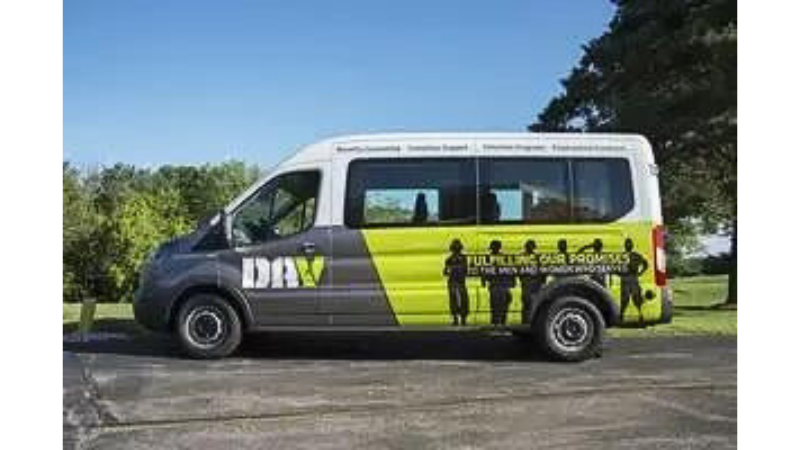

 Welcome to Wellness Wednesday at the DAV of Idaho. Today, we’re spotlighting the crucial role of physical health and fitness in the lives of veterans. At the DAV of Idaho, we understand that maintaining physical well-being is essential for overall quality of life, and we’re committed to supporting our veterans in this journey.
Welcome to Wellness Wednesday at the DAV of Idaho. Today, we’re spotlighting the crucial role of physical health and fitness in the lives of veterans. At the DAV of Idaho, we understand that maintaining physical well-being is essential for overall quality of life, and we’re committed to supporting our veterans in this journey.
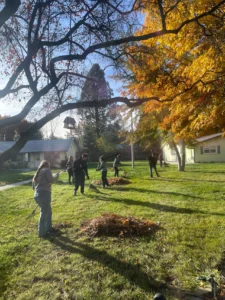 What did you do on Veteran’s Day? On Saturday November 11 th , 2023 the Junior Reserve Officer Training Corps (JROTC) cadets from Borah High School, led by Senior Army Instructor Major (Retired) Hugo Manzo and First Sergeant (Retired) Bobby Caron, were at the Boise Christian Retirement Center honoring their veteran citizens.
What did you do on Veteran’s Day? On Saturday November 11 th , 2023 the Junior Reserve Officer Training Corps (JROTC) cadets from Borah High School, led by Senior Army Instructor Major (Retired) Hugo Manzo and First Sergeant (Retired) Bobby Caron, were at the Boise Christian Retirement Center honoring their veteran citizens.